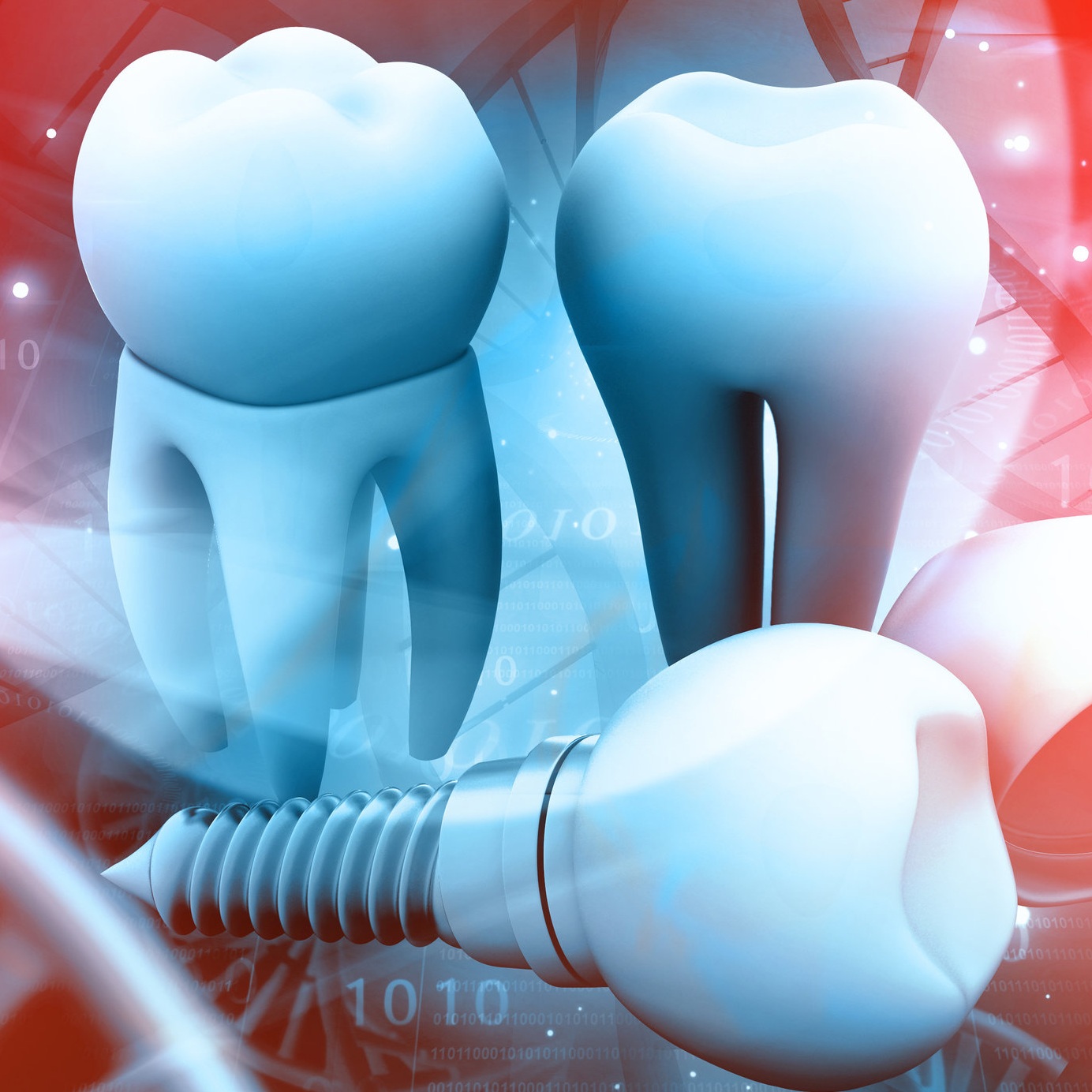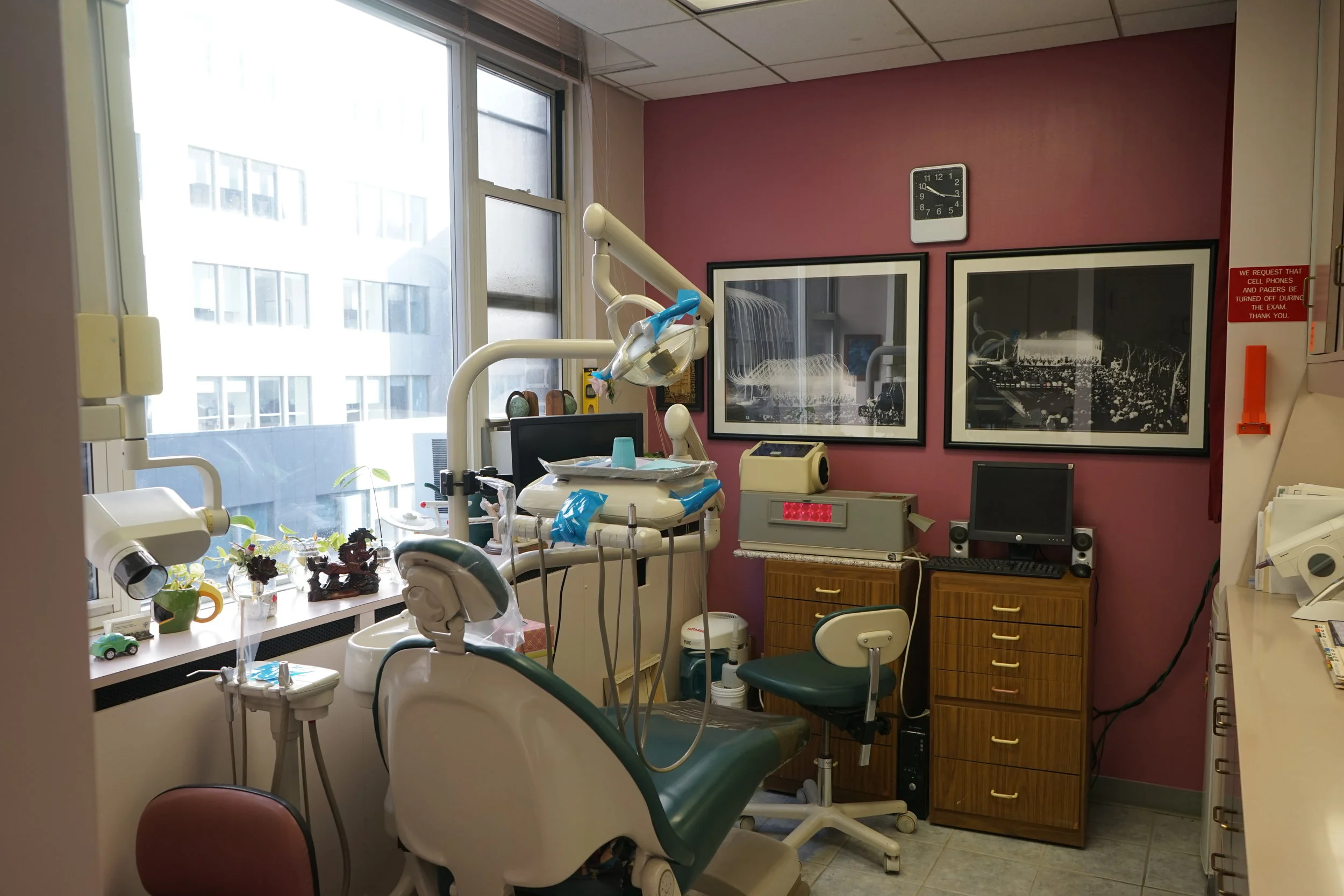Services
This is the page description.
We welcome emergencies and most can be accommodated same-day. Call our office if you experience discomfort or pain: 212.682.3861
THE BEST DENTAL IMPLANT PRICING IN NEW YORK CITY! OUR UNBEATABLE FEEs INCLUDES IMPLANT, CROWN & ALL VISITS! experience affordable cosmetic dentistry. Call our office for more information.
NOT being covered by DENTAL INSURANCE WILL RUIN YOUR TEETH & YOUR HEALTH!
For new patients or those without dental insurance we offer: $165 full hour of complete dental cleaning and a personal exam by Dr. Pollak.
If anxiety or fear of dental procedures is holding you back as well, come and experience relaxed and pain-free dentistry. Check out some of our 5-star reviews here.
Call for an appointment: 212.682.3861
dental & cosmetic dentistry SERVICES
FILLINGS
Poor oral hygiene will eventually lead to tooth decay. A chip or hole may develop in a tooth which will have to be filled in order to prevent further damage. Two choices of filling material are available – dental amalgam or “silver”, and tooth-colored composite resin. Dental amalgam, a mixture of silver, tin, copper and mercury, is less expensive and generally is a stronger, longer lasting material than composite.
Dental amalgam is less aesthetically pleasing than tooth-colored composite, which bonds and blends with the tooth, giving a natural-looking result. However, because of the mercury content, amalgam may not be appropriate for every application. Your dentist will discuss with you the options which are best suited for your needs at the time of your visit.
ROOT CANALS
Sometimes decay occurs deep within the tooth, at the tip of the roots which anchor the tooth to the surrounding bone. It could be caused by a fracture or large cavity, allowing bacteria to enter and make its way down through the soft dental pulp interior, which runs throughout the length of the tooth and contains nerves and blood vessels which nourish the tooth. This usually causes severe pain and an abscess or swelling may develop at the site.
The dentist may treat the infection or may refer the case to a root canal specialist, or endodontist. Treatment involves drilling through the top of the tooth under local anesthesia to access the pulp, removing the pulp with a series of fine files, and disinfecting the interior. The space is then filled and sealed. The procedure may take two or three office visits.
Because the tooth is no longer being nourished by the pulp, it becomes brittle and is at greater risk of cracking, and so a post and crown must be installed in order to support and protect it. Failure to follow through with a crown may result in infection in the surrounding gum tissue and bone, leading to the eventual loss of the tooth. Re-infection can recur in a very small percentage of cases, but most patients experience immediate and permanent relief.
PORCELAIN INLAYS/ONLAYS
These are laboratory custom-made fillings which are much harder than composite fillings. They are typically used for larger fillings for added strength where a crown is not indicated/required. These typically require two visits (the first for precise measurement) and the second for placement and adjustments.
CROWNS
Also known as caps, crowns encase the entire visible portion of the tooth above the gumline, becoming the new tooth surface. They are used to restore broken, misshapen or discolored teeth, to fill gaps between poorly-spaced teeth, and to protect teeth after root canals. If it’s a root canal, the tooth requires a post in order to support the dry and brittle tooth. We use only titanium posts in our office. A tooth with a large amount of decay or mostly filling may also eventually need a crown.
BONDING
Bonding is the application of a tooth-colored resin to the etched tooth surface, which is cured with a special light and then sculpted and polished to match the rest of the tooth. It is used to fill in chips and cracks, to lessen the gap between teeth, and to cover unsightly stains. It is a relatively quick procedure and less expensive than crowns and veneers, though not as durable or as long-lasting.
Bonding is also a good solution for the gaps caused by cervical erosion – the erosion of the neck of the tooth at the gumline – caused by acidic foods or brushing too hard.
PORCELAIN VENEERS
Veneers are thin, translucent porcelain shells that are custom-made from an impression made of the tooth and cemented onto the tooth. Like bonding, they are used for repairing damaged and misshapen teeth, discolorations, and for closing unsightly gaps between teeth, however they are much more durable and stain-resistant than bonding.
Like crowns, they require two visits, one to slightly reduce the tooth enamel and make an impression that will be sent off to the lab for the manufacture of the veneer, and the second to fit and cement the veneer into place. Porcelain veneers are a great choice for enhancing and creating a more beautiful, healthy-looking smile.
TEETH WHITENING
Teeth whitening is a very popular option with varying degrees of effectiveness, depending on the method used. The most effective and quickest method is in-office bleaching, where higher concentrations of carbamide peroxide gel can lighten teeth by several shades in just two hours.
At-home kits, using a special strip placed over the teeth, are available for use in the convenience of your own home, but take seven days of nightly applications to achieve results. Success is variable based on several factors, including age.
IMPLANTS
Many people will experience tooth loss, either through decay, accident, or extractions. Leaving that gap between teeth is not only unsightly, but will eventually allow the adjacent teeth to slowly drift towards the empty space, causing a change in teeth and jaw alignment which could lead to gum disease and further tooth decay and loss.
A tooth implant permanently replaces the missing tooth and helps to keep the rest of the teeth properly aligned. Implants are also great for supporting loose-fitting dentures and as an anchor for bridges.
The procedure requires several appointments. At the first visit, a titanium screw is placed into the jaw or maxillary bone under local anesthesia. Then the area is left to heal for four to six months, allowing the bone to bond with the metal. At the next visit, a healing abutment is installed for a couple of weeks, and an impression is made and sent to the lab in order to create a replica from which the final crown will be crafted.
A temporary tooth may be fitted into place at this time if the patient desires it. The final step is the installation of the crown; the implant is now complete and looks perfectly natural.
DENTURES
When teeth are either mostly or completely lost due to poor oral hygiene, genetic defects or several other causes, removable dentures should be considered to restore normal facial features, enable proper speech, and to facilitate biting and chewing food. Depending on the case, a full or partial denture may be needed. In all cases several visits to the dentist are required, as the dentures are created in successive stages to ensure proper fit and maximum comfort every step of the way.
Full dentures cover the entire upper and lower arches of the mouth. A cast is made of the upper and lower jaws, and the denture is fabricated using the cast as a guide. Wax molds are fitted onto the cast and then in the mouth to ensure a perfect fit before casting the final appliance in a special, gum-colored acrylic.
Partial dentures are used to fill a gap caused by missing teeth. These dentures can be made of metal and acrylic or all acrylic. They are similar to retainers which are anchored into place by metal wires, or plastic appliances which wrap around the adjoining teeth and blend in with the gum tissue.
Each situation is unique, and the determination of what is right for you is best addressed in a consultation with your dentist, who will then be able to design a denture that best fits your individual needs.
BRIDGES
Bridges are another way to deal with gaps in a smile caused by missing teeth. They are cemented into place and cannot be removed. Bridges are units made up of a row of teeth (as many as are needed to fill the gap plus the supporting crowns on either side). The replacement teeth are supported, or anchored, on either side by crowns which are cemented over the prepared existing teeth on either side of the gap.
Another kind of bridge holds a replacement tooth in place by anchoring it with metal wings cemented invisibly behind the adjoining teeth. Again, since every case is different, your dentist will work with you to find a solution that’s right for you.



